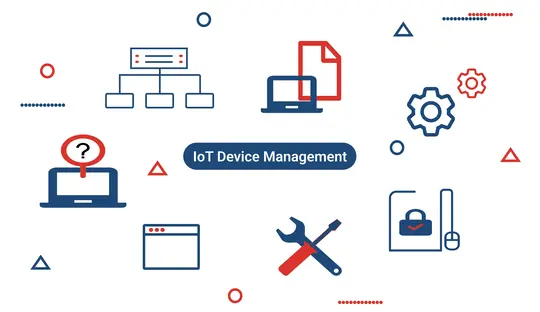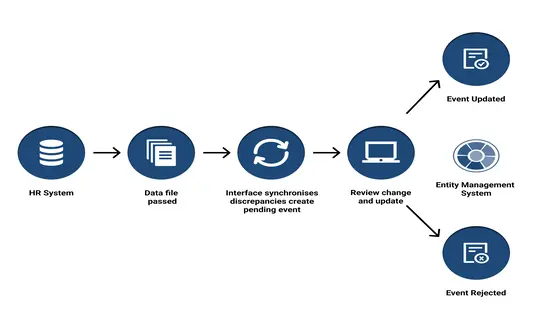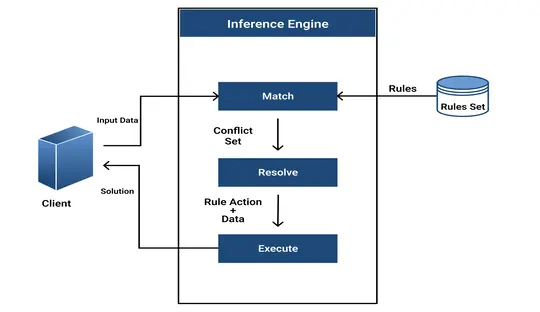




















An unrivalled ML platform
Let your data present you with high value predictive business
outcomes
with Optimized machine learning platform.
Businesses thrive to reduce the learning curve and accelerate the adoption of
visualization in their organization. With our machine learning platform as a
service, it
becomes easy to leverage an entire ecosystem that a machine learning platform
provides.
Our best-inbreed machine learning platform ensures data consistency and high-level
workflows that ultimately lead to higher productivity of the organization.

OTI-ML Information Flow

Data as a Service
Explore data management strategy that aims to leverage data as a business asset for greater business agility.
OTI-ML Architecture
Step 1: Manage data
Data management allows teams to share, discover, and use a highly curated set of features that address data-related problems. From sources like Spark, SAP, spreadsheets, and other tools, data is collected and managed under a single system.
Step 2:Train and Evaluate Model
With large-scale distributed training of decision trees, linear and logistic models, time series models, and deep neuralnetworks, the ML platform enables users to scale from small datasets to billions of samples for quick iterations.
Step 3: Deploy models
The ML model once trained is ready to be deployed. Deployment refers to building an analytical model that processes new incoming data in real-time. Based on the set of historic data, the ML platform then understands and analyzes new datasets that are introduced in real-time.
Step 4: Gauge predictions
Once models are deployed;they are used to make predictions based on feature data loaded from a dataset. With ML platform, users can correlate data to predict certain aspects of their business-likesales, machine failure, and other operations.
OTI-ML Modules and Features
Data validating
Enable users to check the data quality and consistency issues. Data validation allows users to see whether the sorted data has been properly addressed by applied transformations and what kind of strategies must apply on it to make it an information management system.

Entity Management
Managing multi-level or multi-location company management. If the company has multiple locations in a single country, there will be entities associated with the specific city where the company is located in. Each entity is assigned permissions to view and manage only the devices, dashboards, users that belong to it.

Rule Engine
Role based access control, roles determine what areas of the application a user has access to and what actions like device development, building dashboards, administrating they can perform. Built-in roles are provided but if a solution requires finer-grained access controls, roles with custom sets of permissions can created.

Inquire Now
Unlocking Answers: Inquire Now and Illuminate Your Curiosity!
OTI-ML Platform and services for major industries

IDC predicts that in the next two years 30% of major retailers will adopt a retail omnichannel commerce platform that integrates a data analytics layer.
- Personalized product recommendations based on data about each customer’s buying behavior
- Upsell and cross-sell options to drive greater customer value
- Recommendations on additional services and offerings based on past and current buying data of customers
- Monitor wait times in checkout lines to understand and manage store traffic
- Effective merchandising at the individual store level.

The overall artificial intelligence (AI) in healthcare market was valued at USD 667.1 million in 2016 and is expected to reach USD 7,988.8 million by 2022, at a CAGR of 52.68% between 2017 and 2022. – PR Newswire
- Easy drug discovery based on the history of patient data
- Identify outbreak of any disease faster compared to traditional methods
- Diagnosis of chronic diseases are made easy by analyzing and classifying symptoms
- Identify subtler changes in imaging scans more quickly, potentially leading accurate diagnoses
- Monitor high risk patients and intervene to reduce peril of infections by focusing on patient-specific risk factors

63.5% telecom companies, worldwide, are making new technology investments for AI systems. – IDC Research
- Customers at risk of defecting can be identified even before they consider doing so
- Detect unexpected network crash and avoid ‘call-drop’ situation
- Personalize offerings depending on the customers’ data and network usage pattern
- Understand the reason behind customer / subscriber churn and effectively act upon them
- Optimize outreach for customer retention
FAQ covering advantages / benefits
Machine learning is a subset of artificial intelligence that equips computers with the ability to learn from data and improve their performance over time. By employing algorithms and statistical models, machines can identify patterns and make predictions without being explicitly programmed for each task.
Machine learning algorithms can be broadly categorized into supervised, unsupervised, and reinforcement learning, each catering to distinct learning scenarios. Supervised learning involves training models on labeled data to predict outcomes, while unsupervised learning discovers patterns within unlabeled data.
This technology finds application in various domains, from image and speech recognition to fraud detection and recommendation systems. As more data becomes available, machine learning's capabilities continue to expand, transforming industries by automating processes, enabling data-driven decision-making, and driving innovation.
Reinforcement learning, inspired by behavioral psychology, focuses on training agents to make a series of decisions in an environment to maximize rewards.